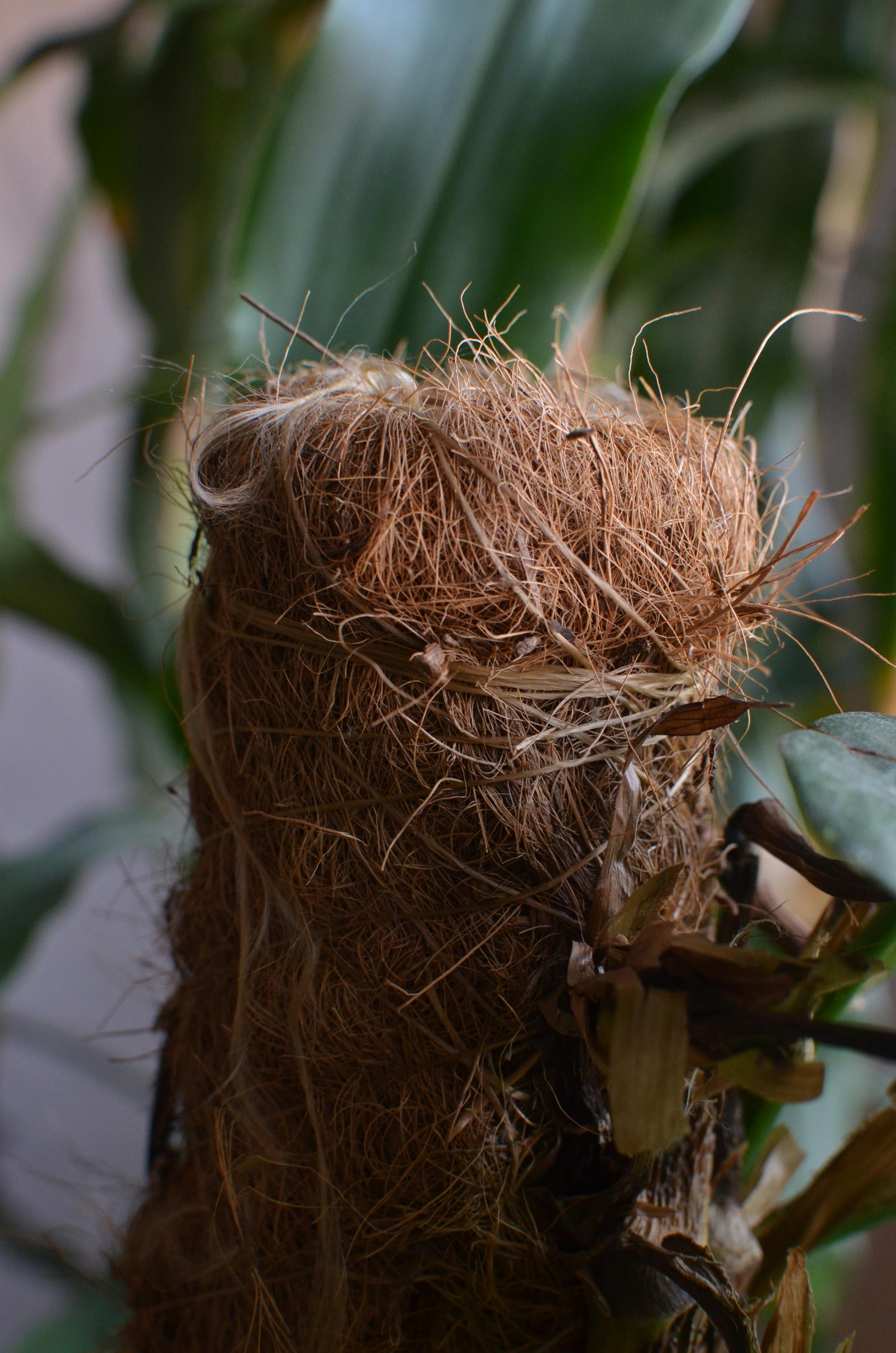
Introduction
As movers towards a sustainable lifestyle, it's important for us to reform our porches, patches, lawns, or lush greens into eco-friendly spaces. "Creating Your Eco-friendly Dream Garden: A Comprehensive Guide to Sustainable and Stylish Gardening" is a meaningful journey to harmonising style with sustainability in your yard. This comprehensive guide will help you create an idyllic garden that not only showcases your personal style but also exemplifies eco-friendly principles.
The Vision of a Sustainable Garden
A sustainable garden is a blend of style with responsible gardening that focuses on reducing environment impact, conserving resources, encouraging biodiversity, and recycling waste. Its vision rests on nurturing local flora and fauna, enriching the soil, managing water efficiently, and using sustainable materials. Sustainable gardening not only enhances the beauty of your property, it also provides a habitat for local wildlife and contributes to a healthier environment.
The Benefits of a Sustainable Garden
Investing time and energy in sustainable landscaping offers several advantages. A well-designed eco-friendly garden can significantly reduce water usage, provide natural habitats for local species, reduce soil erosion, and create a healthier living space. It can also provide materials for composting, which can benefit not only your garden but also reduce your household waste. Plus, the intrinsic beauty of a green landscape contributes to mental well-being and offers a serene outdoor space for relaxation and recreation.
Building Blocks of a Sustainable Garden
The idea of permaculture is at heart of a sustainable garden. Permaculture involves working with nature's patterns and processes to build efficient, self-reliant ecosystems. This approach, embedded with principles of organic gardening and the use of indigenous plants, can help create a healthy garden that requires less maintenance and resources over time.
Selecting the right plants is pivotal in sustainable gardening. Native plants adapt to local climates better, are more resistant to pests, and require less watering, overall contributing to the biodiversity and ecological balance of the area. Another pillar of sustainability in gardens is efficient water management. This is achieved by capturing rainwater, using drip irrigation, and planting in damp or dry zones as appropriate to the plants.
Recycling in the garden not only significantly reduces waste but also enriches the soil. Kitchen waste like vegetable peelings and coffee grounds can be composted to provide nutrient-rich organic material for the garden. Similarly, garden waste can also be recycled into eco-friendly planters, mulch, or compost.
Sustainable Landscaping Materials
The use of sustainable materials in the garden plays a key role in determining the garden's eco-friendliness. These environmentally friendly products are made from natural, recycled, or low-impact sources. They include options like locally quarried stone for paths or terraces, recycled wood for decking or fencing, and solar-powered lights for your outdoor setting. Integrating these materials can improve the aesthetics of your garden while reducing the ecological footprint.
Drawing Up Your Garden Plan
When it comes to designing the layout of your sustainable garden, start by observing your yard throughout the day. Understanding the movement of the sun, where shadows fall, and which areas tend to be wet or dry can help you plan where to place particular plants.
Having a landscape design plan also allows you to gradually develop the garden over the years, adding and refining elements as required. It ensures that the end result is both aesthetically pleasing and environmentally responsible.
Conclusion
The journey to creating your dream eco-friendly garden is indeed an exciting one. By blending aesthetics with sustainability, we not only create pleasing outdoor spaces but also contribute actively to a healthier and more balanced environment. The efforts towards sustainable gardening go far beyond the confines of our private spaces; they ripple into the world, fostering biodiversity, nurturing nature, and gradually reversing the impact of human activity on the planet.
Remember, every green addition, small or big, counts. So, let's embrace this guide and start creating our sustainable and stylish garden - for it's not just a hobby, but a way to a greener future.